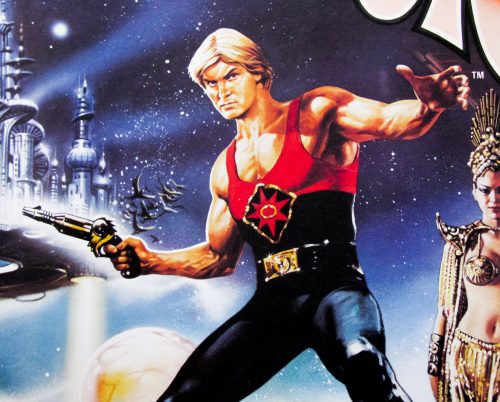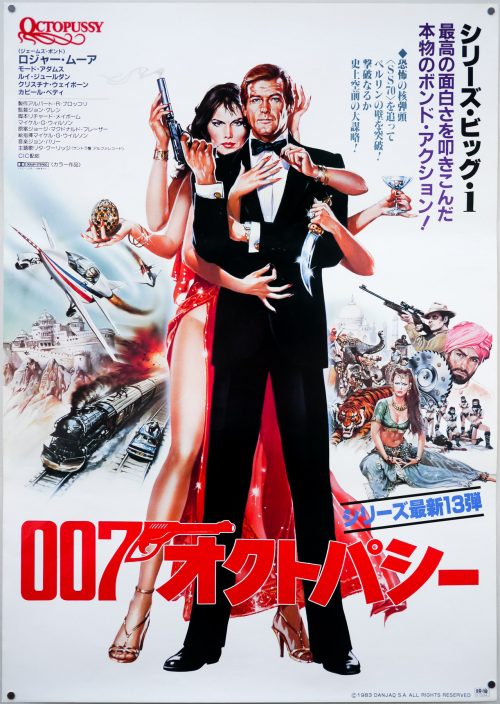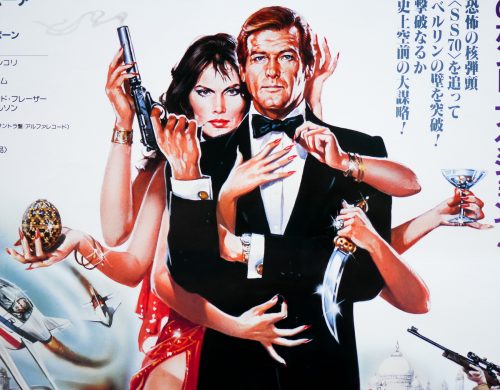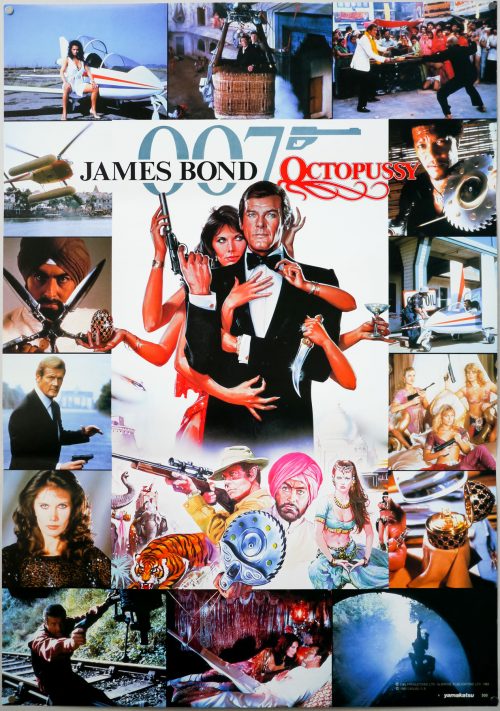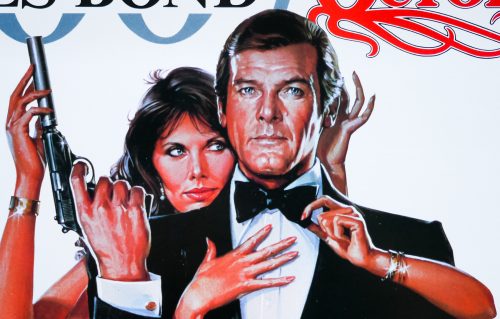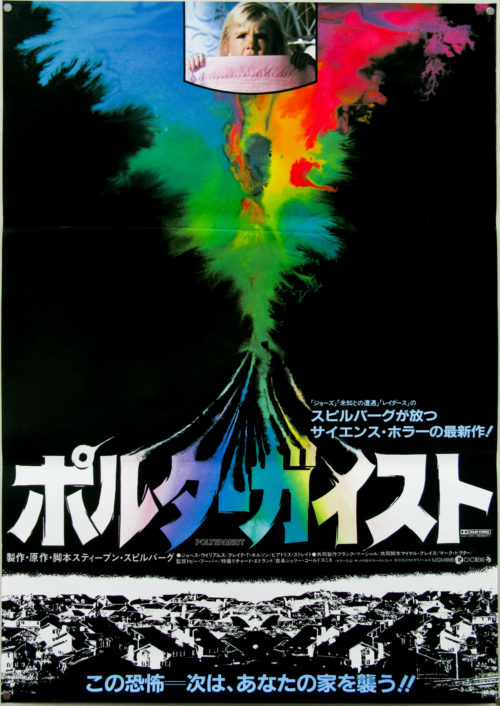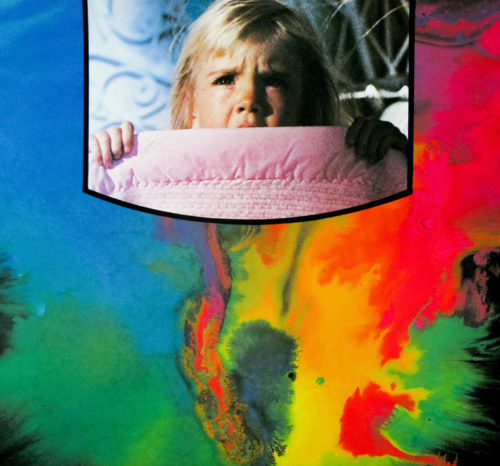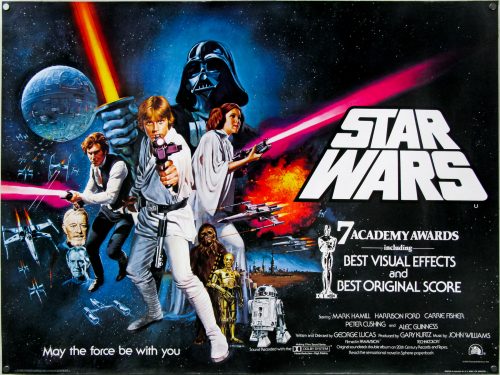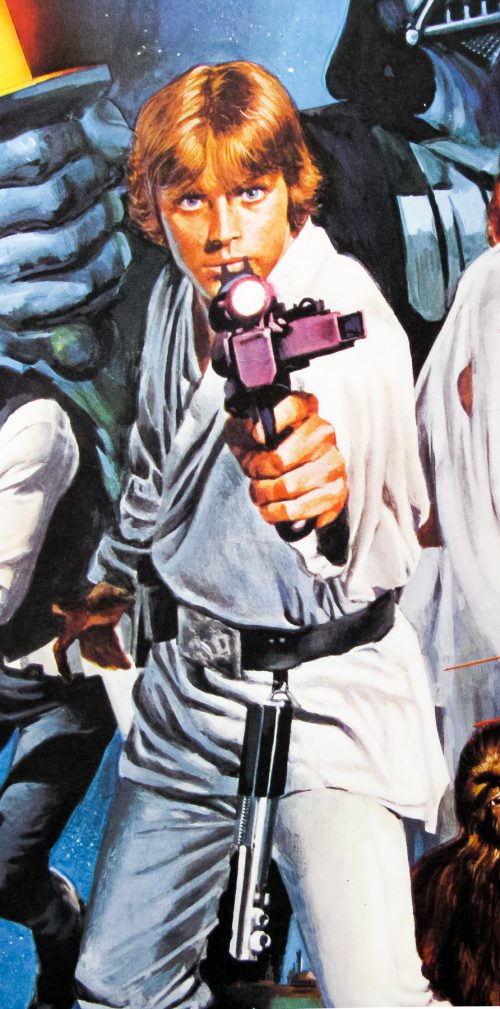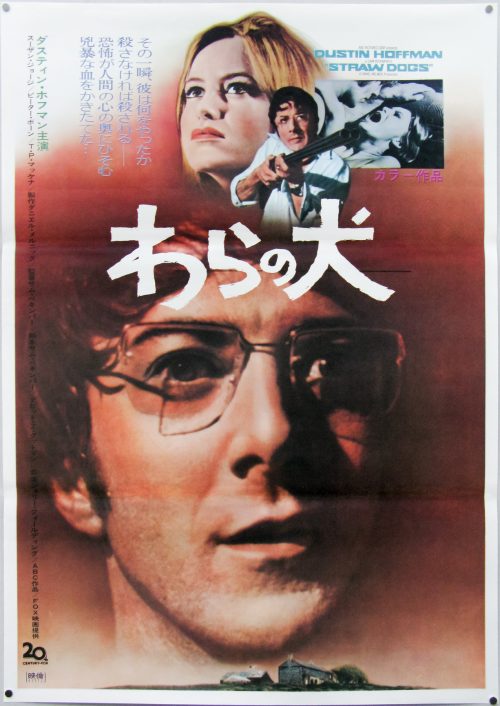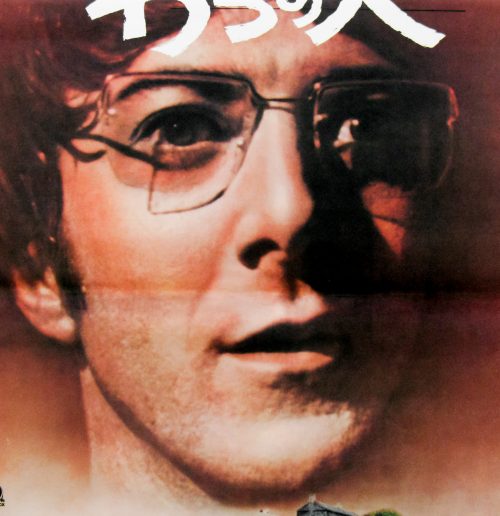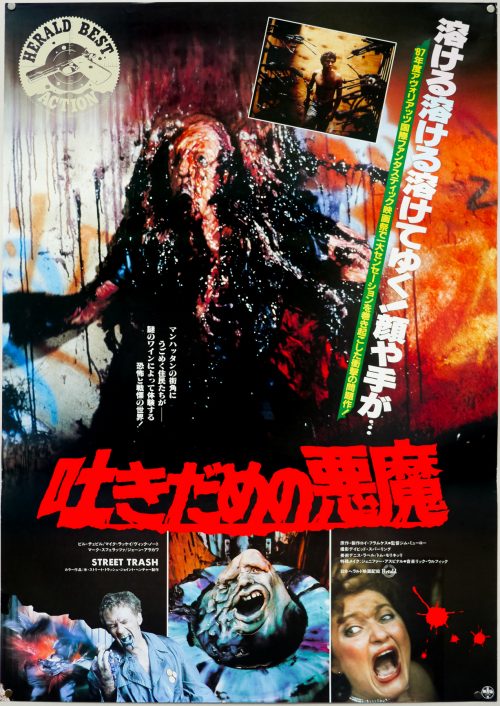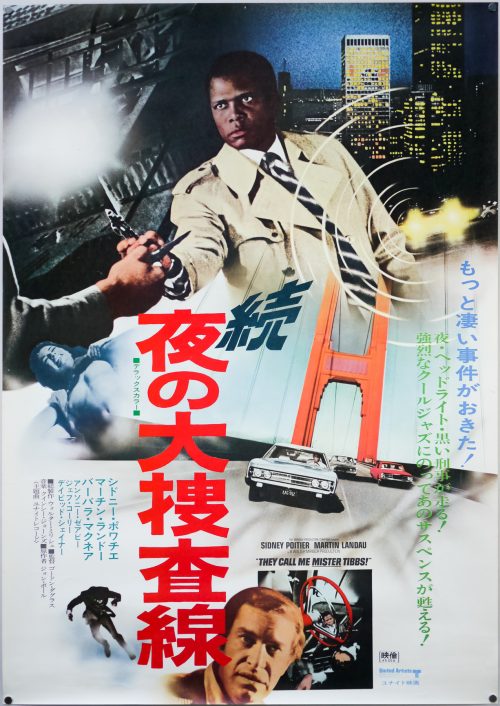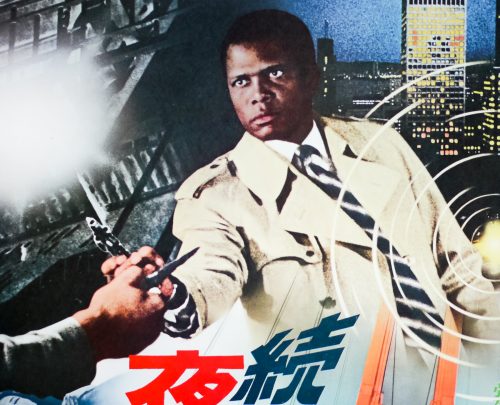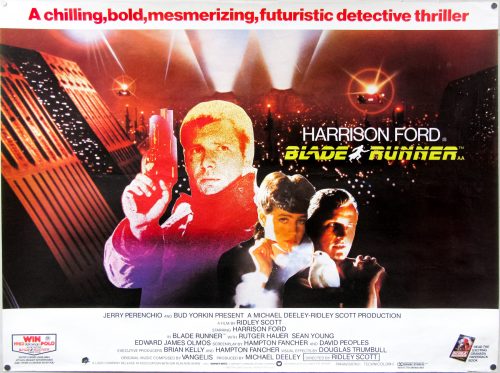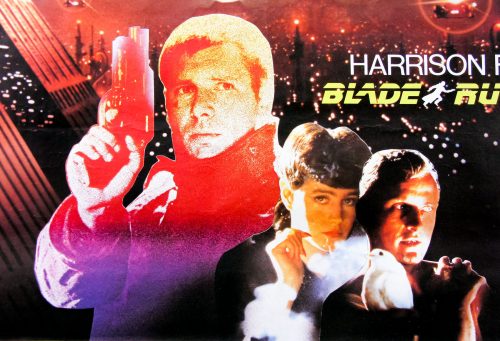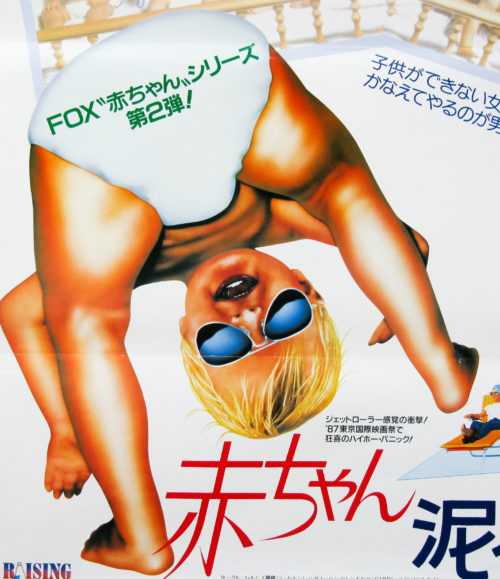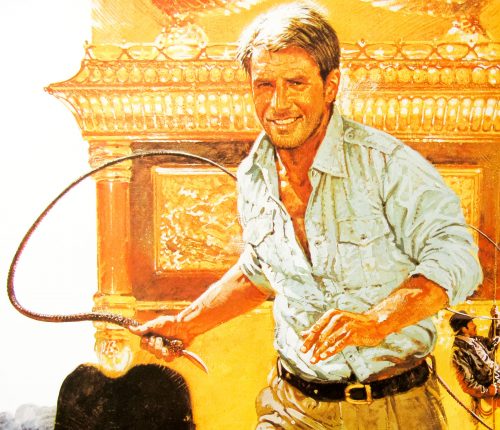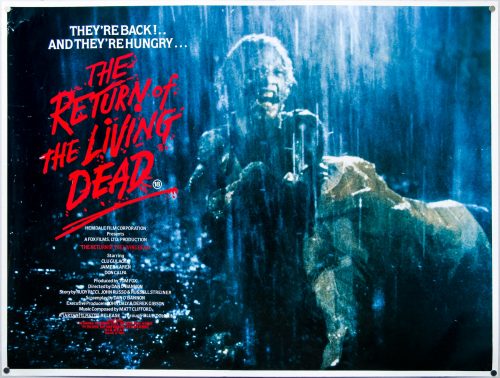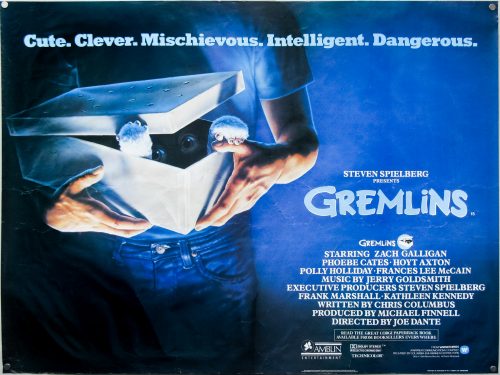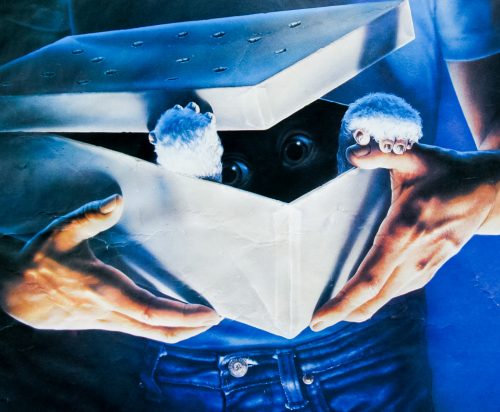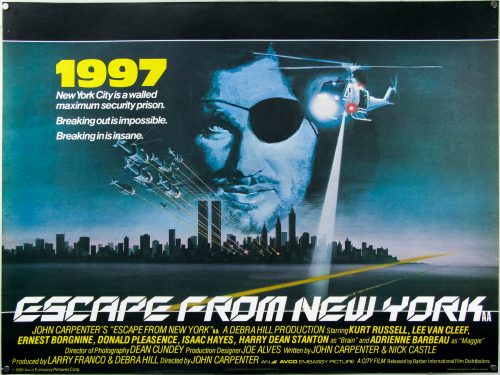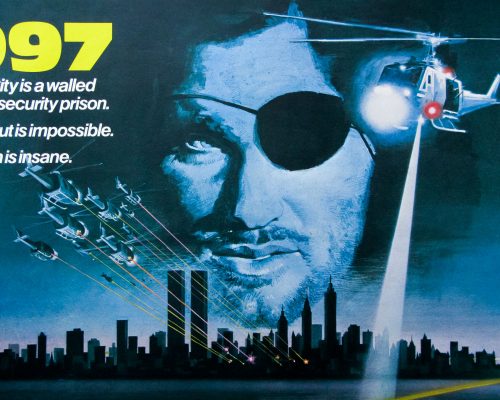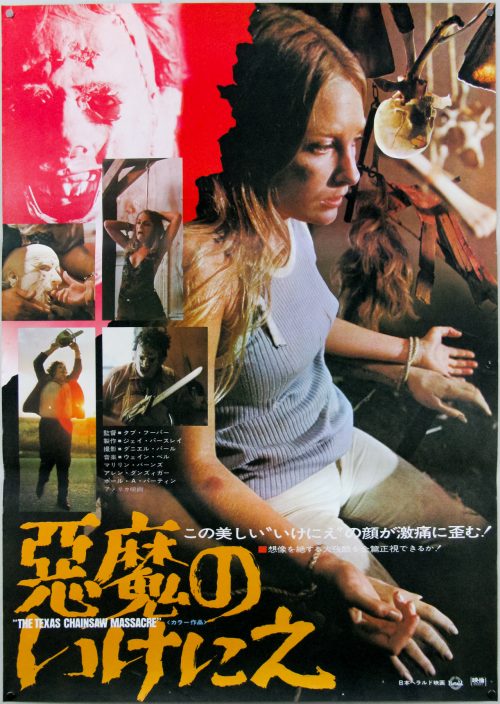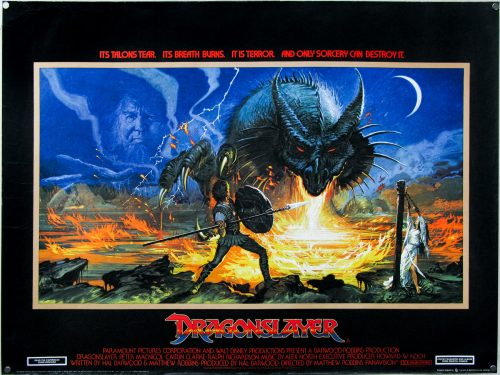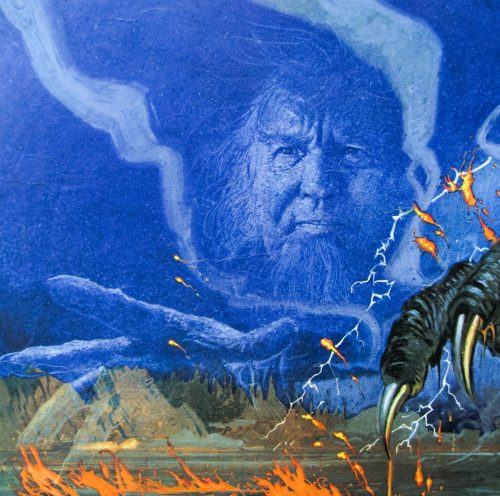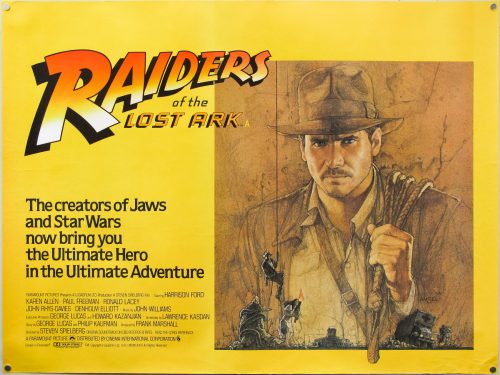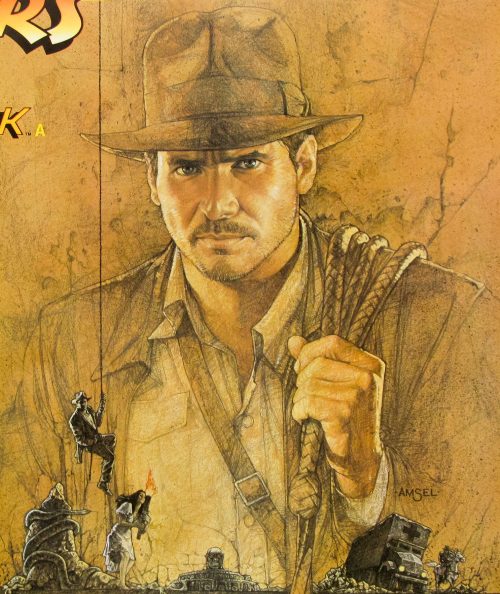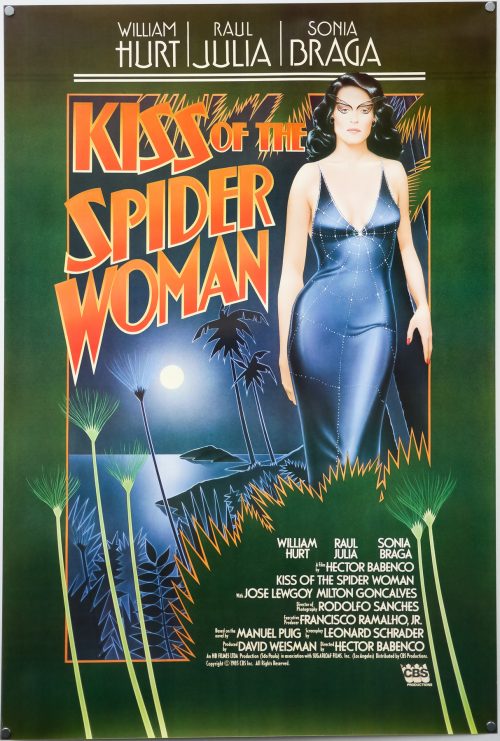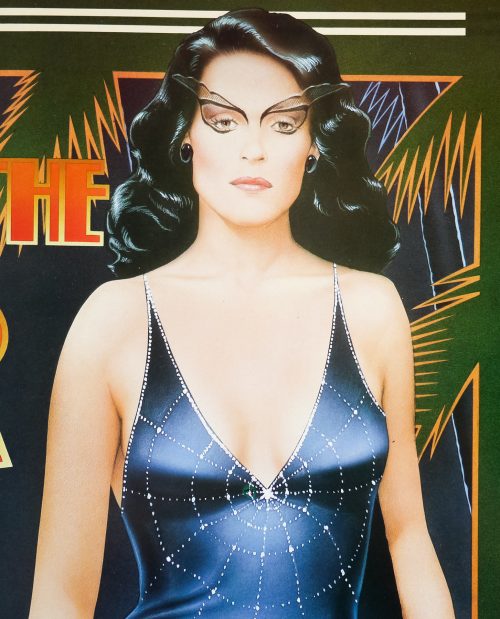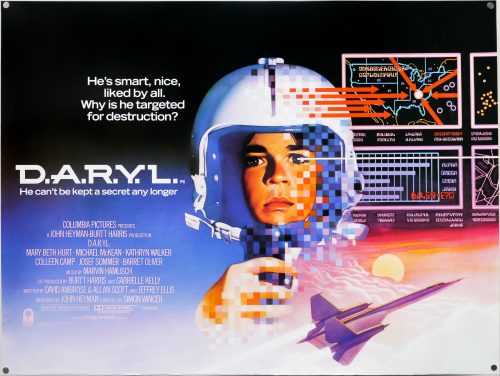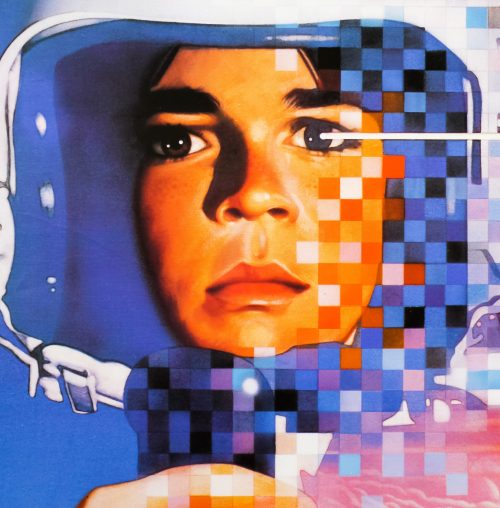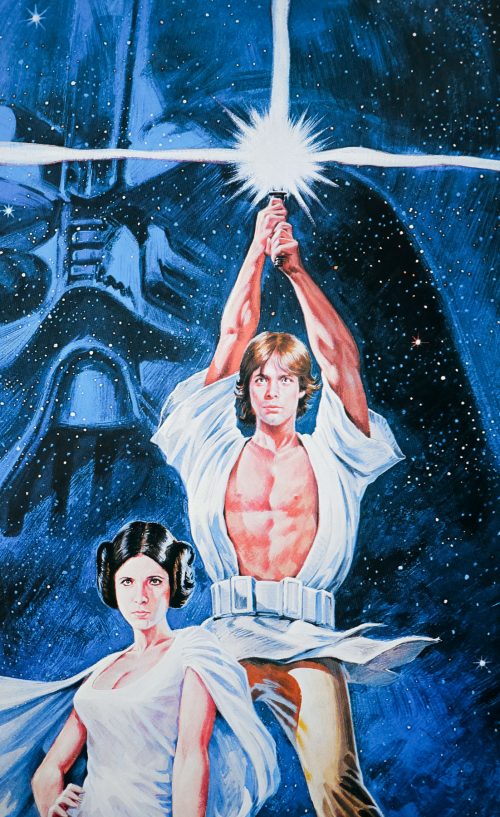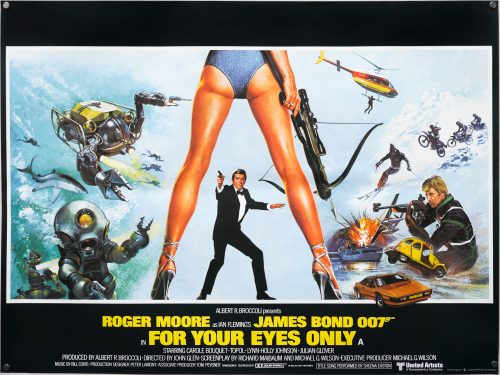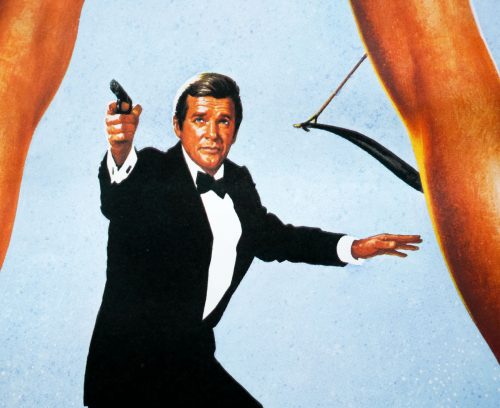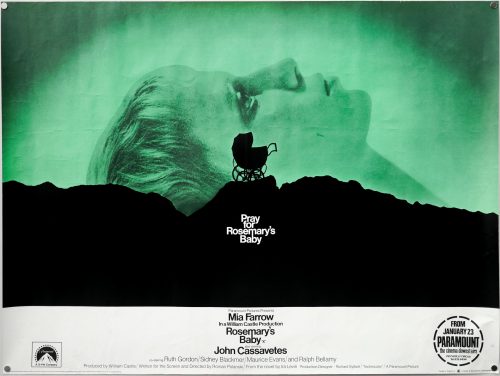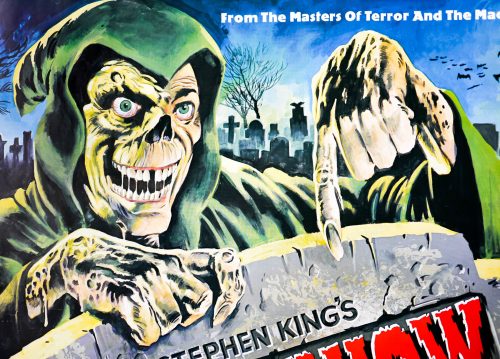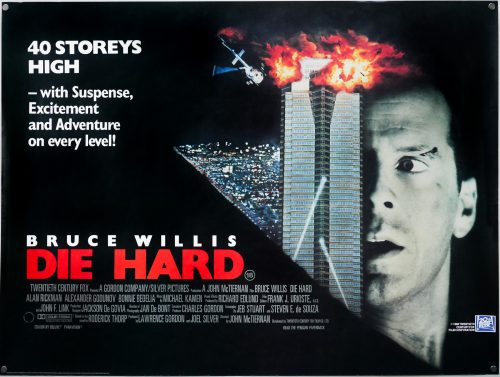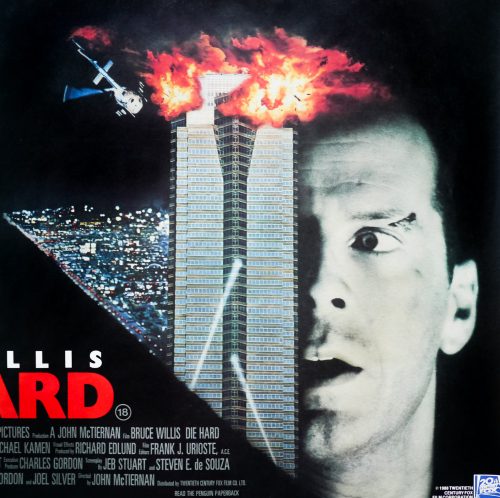- Title
- Flash Gordon
- AKA
- Blixt Gordon (Sweden)
- Year of Film
- 1980
- Director
- Mike Hodges
- Starring
- Sam J. Jones, Melody Anderson, Chaim Topol, Timothy Dalton, Max von Sydow, Ornella Muti, Brian Blessed
- Origin of Film
- USA | UK
- Genre(s) of Film
- Sam J. Jones, Melody Anderson, Chaim Topol, Timothy Dalton, Max von Sydow, Ornella Muti, Brian Blessed,
- Type of Poster
- Quad
- Style of Poster
- --
- Origin of Poster
- UK
- Year of Poster
- 1980
- Designer
- FEREF
- Artist
- Renato Casaro
- Size (inches)
- 30" x 39 15/16"
- SS or DS
- SS
- Tagline
- --
There are few films quite like Flash Gordon and having re-watched it on blu-ray recently I was reminded how much of an impression it had on me when I first saw it as a child. I also listened to the excellent audio commentary with director Mike Hodges, who admits to being an unlikely choice to direct and confirms in no uncertain terms that they were making things up as they went along. It sounds like a typically chaotic Dino De Laurentiis production with scenes being written the night before filming and huge amounts of the budget going on the costume and set designs (though these are very impressive, even today).
There are several reasons the film remains one of my favourites of the 1980s:
Acting
Topol is insanely over the top as Dr Hans Zarkov with an accent that changes from scene to scene. It’s not hard to see why Sam J. Jones never hit the big time, although you can’t say he doesn’t give the role his all. Max Von Sydow is clearly having fun playing Ming and Brian Blessed is spectacular as Vultan the Hawksman; no one else could deliver the simple line ‘pass me the remote control’ with such unbridled gusto. A pre-Bond Timothy Dalton is also rather memorable, sporting a spectacular moustache.
The woodbeast
This infamous scene (featuring Peter Duncan) terrified me as a child, and not just ‘wow, that’s a bit weird’, I’m talking more like ‘I’m never going near a tree stump ever again’. Scarred. For. Life. There’s also an odd ‘black whoopee-cushion with tendrils’ creature that attacks Flash and is seared into my memory, even if it looks like a painted balloon when you watch it again today.
The costumes and set designs
As mentioned, a serious amount of budget was spent on costumes and sets by Danilo Donati and it shows. You only have to watch this brief clip to get an idea of the amount of work that went into them – very impressive stuff.
Ornella Muti
Just like Jane Seymour in Live and Let Die, Ornella (playing Princess Aura) was responsible for putting more than a few hairs on my chest. Her costumes are the very definition of figure-hugging. The infamous interrogation scene has to be seen to be believed.
The music
An awesome soundtrack by Brit rockers Queen that still sounds superb today. I almost tried to persuade my wife to walk down the aisle to the sound of Ming’s wedding march; it’s that good. The 2011 remaster is available on Spotify.
This British quad was illustrated by one of my favourite artists, Renato Casaro (check out the incredible amount of work here), and the design can be seen on several of the film’s international posters, including the slightly different Japanese ones. Interestingly the logo on the poster is also seen throughout the film (Flash has it on his t-shirt at one point for example), which is a crossover that very rarely happens.
You can see more of Casaro’s posters that I’ve collected here.
The great original trailer can be seen here.

